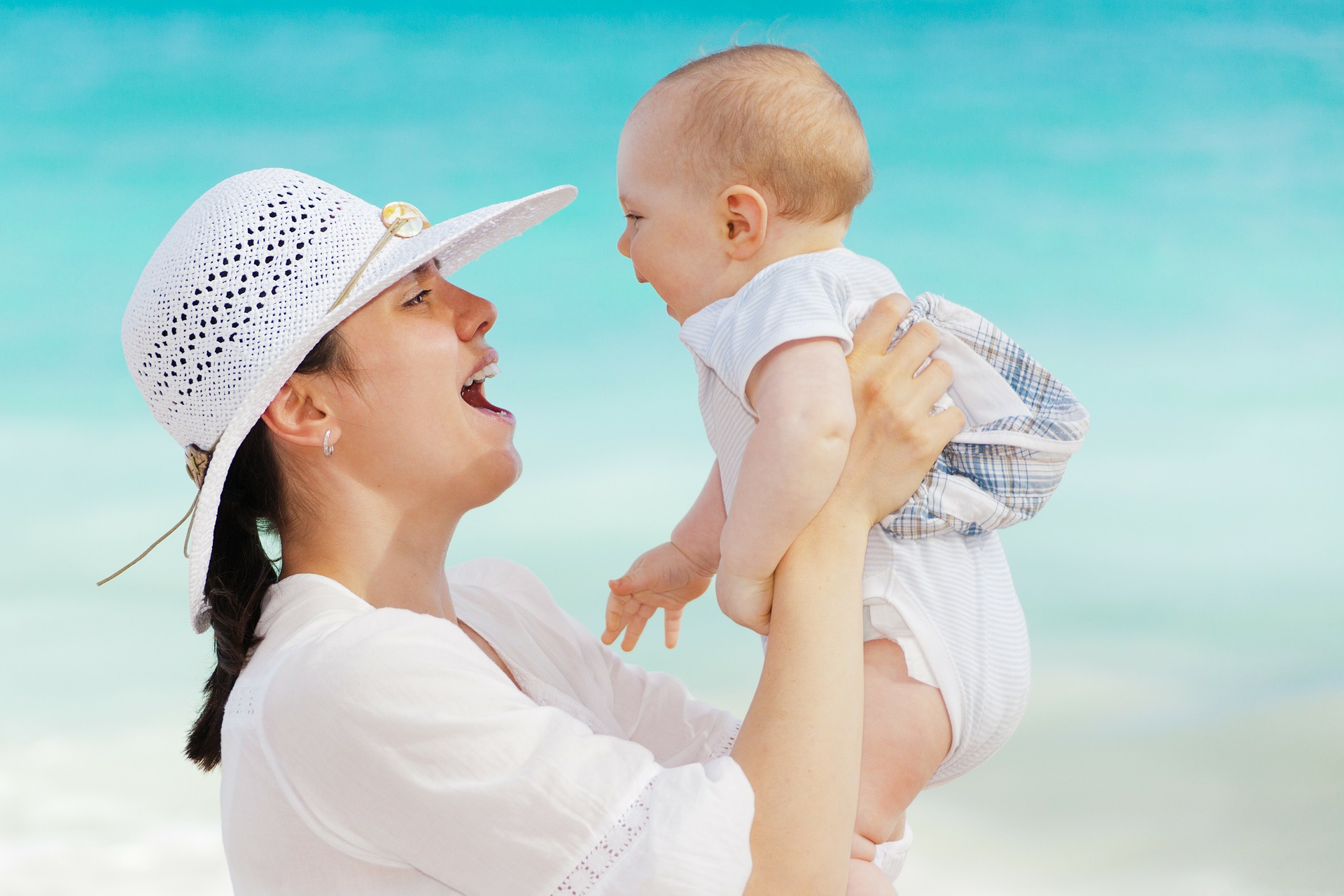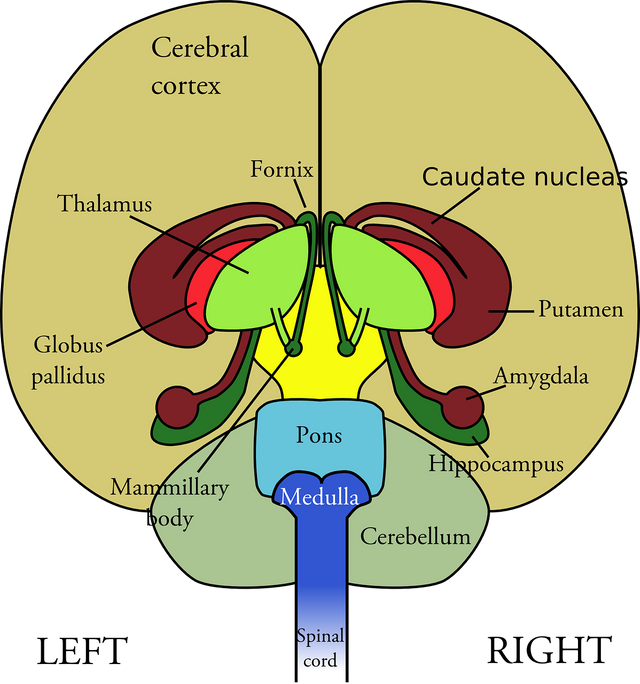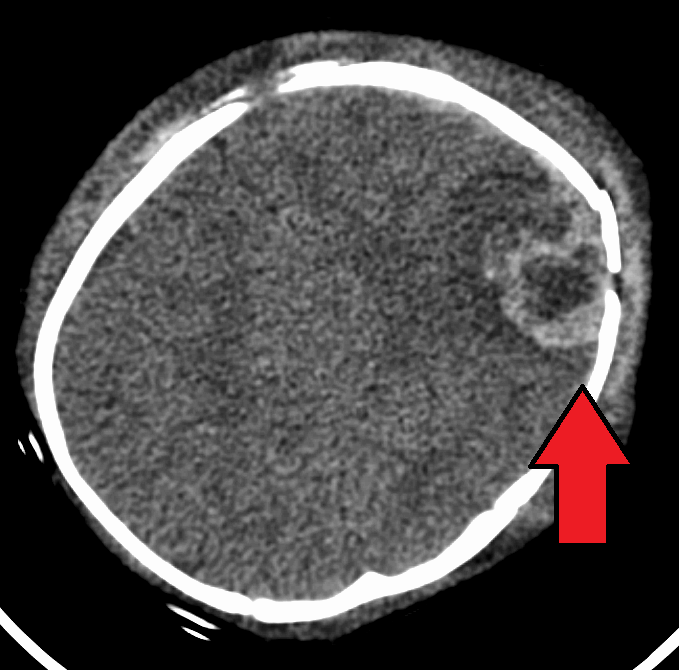SHAKEN BABY SYNDROME;ONE HORRIBLE SECOND IS ALL IT TAKES

Free image from pixabay
She's stressed out taking care of her 5month old infant, and trying to keep her two, 2-year-old little boys in line is one hell of a herculean task. Those two little rascals! They will be the death of her if care's not taken. Little wonder her Paediatrics textbooks refer to two year olds as terrible twos. But she's quite sure "horrible twos" would be more befitting for her twin boys.
Hubby wasn't helping much. All he knew how to do well was to take care of himself, he doesn't give a hoot about the kids, well except for providing cash in hard currency for their upkeep. But that wasn't just enough; it would be refreshing if he could help out around the house sometimes.
Hubby is also an abusive ingrate, who thinks keeping a home is a "no biggy;" it doesn't matter that she put her promising career as a Paediatrician on hold to be able to do that effectively. That morning, when she broached the topic of finding her a helper, he went ballistic and kept going on and on about how she keeps lazying about, and about how his own mother had 8 of them and took care of all of them alone, and still managed to keep her little business going.
As she was trying to get her two little twin boys ready for school, they kept running around the house making faces at her. Those two; everything is an excuse for play for them. And usually she indulges them; but that morning, she wasn't just finding it funny.Baby had been crying for the past 10 minutes, and she had tried to ignore her so as to get the boys ready. But she was now wailing on top of her lungs, and she couldn't understand why. For God's sake, it hadn't been long she breastfed her and changed her diapers! With the anger of hubby's insensitive words that morning, the frustration of trying to get the boys ready and not making any headway, and the exhaustion of it all, she stormed into her room, straight to her little cutie's cot, and picked her up.
Shaking her back and forth vigorously, she shouted "what is it?" The baby seemed stunned by the shout and went mute. She dropped her back in the cot and stormed away to find the two little rascals. 10 minutes later, when she was done dressing up the twins, she came to pick up her little girl for the "school run." But the girl was icy cold and still. And she immediately knew why. Her piercing scream and wails couldn't revive her baby. If only she could wake up now and cry all day, she wouldn't mind; heck, it would be sweet music to her ears.
Unfortunately, what was done in that one horrible second can never be reversed; not even by a lifetime of grief! As the neighbours were trying to console her, guilt couldn't let the tears stop flowing. Yes, she's a Paediatrician herself, and no matter how she wants to deny it, she knew she was the one who killed her baby. The bluish discoloration of her lips and the unequal pupils, were all a testament to that.

free image from pixabay
SHAKEN BABY SYNDROME [SBS]
Shaken baby syndrome is a form of severe brain injury that occurs as a result of vigorous shaking, throwing, or dropping of a baby.
It can also result from hitting the baby's head on a surface. Hence it is also called Shaken Impact syndrome. Other names it goes by include Whiplash Shake Syndrome, Abusive Head Trauma, and Non Accidental Head Injury [NAHI]. The last two name denotes that it is actually a form of CHILD ABUSE. It could result in instant death [25% of the times] , depending on the severity of injury, which in turn depends on the intensity and duration of the shakes, and whether there was an associated impact of the head against a stationary surface, or not. 80% of the fraction of kids who get to survive it tend to end up with serious, lifelong, debilitating complications, including PERMANENT brain damage! And it is important to note that all these could result from as little as 5 seconds of shaking.

infant abusive head trauma
MECHANISM OF INJURY IN SBS.
The mechanism of injury in SBS is dependent on the following:
- The neck muscles of babies are usually not well developed, and therefore is ineffective in controlling their relatively large heads.
- Their blood vessels are fragile and thus easy to rupture.
With vigorous shaking therefore, the child's head moves back and forth uncontrollably, rotating around its axis, with the following consequences: - The baby's brain "shakes" inside his skull, much like a stone in a container; hitting against the bones with considerable force. This leads to bruising and swelling of the brain [cerebral contusion and edema].
- The blood vessels rupture with resultant bleeding into the space between the brain and the skull [subdural hematoma].
- Sudden acceleration and deceleration of the brain, as it goes "to-and-fro" inside the skull, generates shearing forces which leads to demyelination of cerebral neurons [diffuse axonal injury]
- The force of the shakes tears out the retina from the back of the eyes leading to bleeding inside and behind the eyes [vitro-retinal traction and retinal hemorrhage]
All these are pathological features of Traumatic Brain Injury of any cause, and has a very poor prognosis.
RISK FACTORS
The risk factors for shaken impact syndrome are well portrayed in the introductory scenario. For convenience, they can be divided into parental factors, and child factors as follows:
PARENTAL/ GUARDIAN FACTORS
The principal factor-- the last straw that breaks the Camel's back rather, is frustration by the cries of an irritable,and inconsolable child.
Factors that set the stage include:
- Stress
- Single parenthood [especially single fathers]
- Substance abuse
- Ongoing domestic abuse
- A history of physical abuse as a child
- etc
CHILD FACTORS
The at-risk population are children less than 5 years, with the incidence being higher in children less than two, and highest between 6 to 8 weeks. The ultimate risk factor, as stated above, is a child crying inconsolably. Other risk factors include:
- Special needs children, whose parents often feel fed up with.
- Children with conditions that predispose to irritability like colic, and GERD.
- etc
SYMPTOMS AND SIGNS
The presence of the following, in a child that was recently shaken, should arouse suspicion for SBS:
- Drowsiness
- Seizures
- Bluish discoloration of the body
- Persistent vomiting
- Poor suckling
- Refusal of feeds
- Excessive crying, associated with a bulging soft spot
- Unequal pupils
- Stiffness of the limbs
- Coma
COMPLICATIONS
For kids that survive the assault, the complications include:
- Blindness
- Deafness
- Cognitive impairment [mental retardation]
- Cerebral palsy
- Seizure disorders
- Fractured bones
PREVENTIVE MEASURES
Tackling all the above listed risk factors, and more, would definitely help in preventing SBS.
A more practical step however, is learning how to pacify a crying child with patience.
- Identify why the child is crying
The common causes of irritability in a child include hunger, discomfort [for example from soiled diapers], protest for attention, and pain, or illness.So, a crying child should be properly assessed for the cause of the irritability to be identified. When identified, it should be tackled immediately. - Pacifying a crying child is an important art everyone, women and men alike, should learn.
The following tips below may be of help:
- Shushing.
This includes singing to the baby, or using steady rhythmical sounds to distract the baby. - Sucking.
Use of pacifiers, or even the baby's finger, is known to hush most babies. - Swinging gently.
This includes swaying from side to side, swinging, walking around, dancing, and bouncing the baby, all done gently. - Side/Stomach positioning.
Placing babies on their tummy or by their sides [preferably the left side], especially after feeding, is known to help with discomfort after feeding.
CONCLUSION
Do not shake him/her out of frustration. Take a break and call for help. This may mean calling your partner, a neighbour, friend, or going to the hospital as the case may be. It is important to note that irritability could be a symptom of minor medical conditions like colics, as well as serious ones like dehydration, sepsis, intestinal obstruction, and raised intracranial pressure. And in such cases, without medical intervention, it may never resolve.
REFERENCES
Abusive head trauma
Shaken baby syndrome
The shaken Baby syndrome: Pathology and mechanisms
Dear friend! Next time also use #wafrica and follow @wafrica to get an upvote on your quality posts!
Okay thanks
Feel free to break your work down into paragraphs for easier reading.
Okay sir
But you still haven't done anything about the format. It is challenging to read due to large paragraphs. Please consider formatting your article for an easier read.
Done